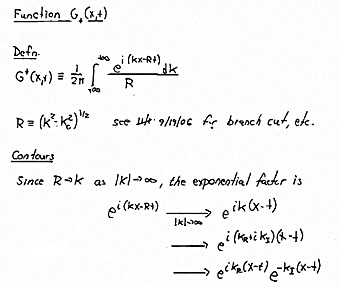Who needs a computer? Two theoretical physicists at Rensselaer Polytechnic Institute grabbed a piece of paper and described the motion of interstellar shock waves — violent events associated with the birth of stars and planets.
The mathematical solution developed by Wayne Roberge, lead author and professor of physics, applied physics, and astronomy at Rensselaer and his colleague, adjunct professor Glenn Ciolek, reveals the force and movement of shock waves in plasma, the neutral and charged matter that makes up the dilute “air” of space. Unlike many previous studies of its kind, the researchers focused specifically on shock waves in plasma, which move matter in very different ways than the uncharged air on Earth.
“Shock waves can teach us valuable information about the history of our solar system,” Roberge said. “If we can understand shock waves — how they move, what leads to their formation, their temperature — we can begin to understand where we came from and what our galaxy went through five billion years ago.”

As shock waves travel, they heat and condense interstellar plasma, forming new chemical compounds through intense heat and pressure. The motion of shock waves also distributes the chemical products around the galaxy. On Earth, shock waves are commonly associated with supersonic aircraft and explosions. In space, shock waves are commonly associated with the birth or death of a star.
When stars are born, they often emit jets of matter moving at hundreds of thousands of miles per hour. The impact of these jets onto surrounding material creates an extreme and sudden disturbance. This material does not have time to react to the sudden pile-up of energy and mass. Shock waves lash out into the surrounding plasma to expel the sudden force. These shock waves spread material through space, potentially “seeding” new solar systems with chemicals that may be important for life.
“Astronomers are now venturing into infrared telescopes, which allows you to look deeper into space,” Roberge said. “But because they can only detect heat, the search for chemicals in deep space using infrared technology is greatly hindered in cold interstellar space,” Roberge said.
Super-hot shock waves are like fiery arrows in the sky when viewed through an infrared telescope, pointing out the origins and destination of chemicals throughout the universe,
“Now that we understand how fast and far these waves move in space, we can begin to understand how chemicals, including chemicals necessary for life, can be formed by shock waves and spread around the universe to form new stars, planets, and life,” Roberge said.
The research was funded by the New York Center for Studies on the Origins of Life, which was supported by a grant from NASA.





Comments